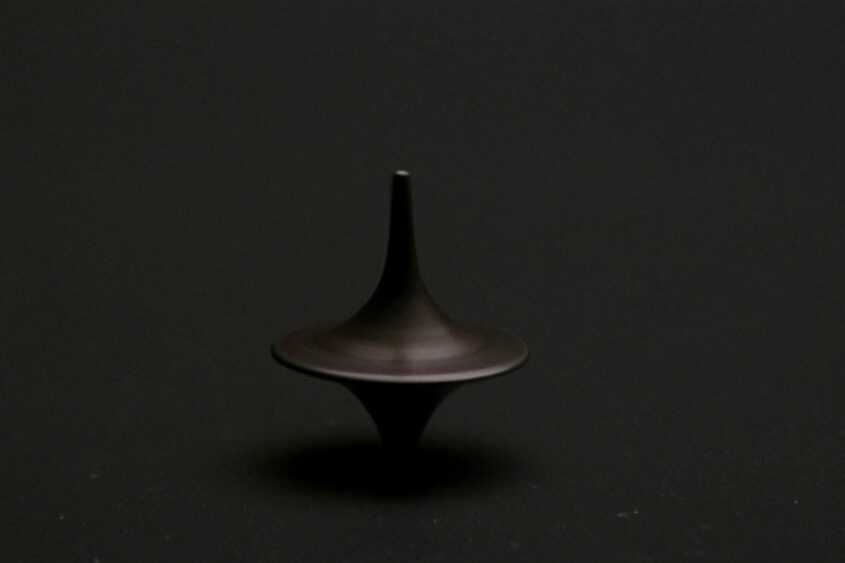Inception isn’t just about stealing ideas in dreams; it’s about a man haunted by guilt, trying to get home. Read our complete plot breakdown, the ending explained, and the deeper meaning behind Nolan’s mind-bending masterpiece.
Cobb’s (Leonardo DiCaprio) story begins with a fall. A woman on a ledge, convinced her world isn’t real.
For Cobb, it’s the moment that never stops replaying, the memory he can’t wake up from.
And the gravity of that falls pulls him through every dream that follows, straight into a world where thoughts themselves can be stolen.
The Mind Heist Begins
Cobb leads a team of thieves who commit the most intimate kind of crime: breaking into people’s dreams to steal their secrets. Their latest mark, Saito (Ken Watanabe), turns out to be one step ahead. He figures out the con mid-dream and flips the game on them.
Instead of turning Cobb in, Saito makes an offer that changes everything.
Cobb’s been living like a ghost, haunted by guilt, cut off from his kids, and running from a past he can’t face.
For him, this isn’t another job. It’s a chance to rewrite the one thing he can’t forgive himself for.
The catch? He has to do the impossible — perform inception: not steal an idea, but plant one.
The target? Robert Fischer (Cillian Murphy), heir to a massive empire. The mission: make him believe he should break apart his father’s company; and believe it was his idea all along.
It’s the perfect crime, because if it works, Fischer will never know it happened. The idea will feel like it was born inside him, and that’s what makes it so dangerous.
The Dream Team

To pull off the dream heist, Cobb assembles a team: Arthur (Joseph Gordon-Levitt), his meticulous right hand; Eames (Tom Hardy), the witty forger who can change faces inside a dream; Yusuf (Dileep Rao), the chemist who keeps them under, long enough to finish the job; and Ariadne (Elliot Page), the newcomer, a gifted architecture student recruited to design the dream worlds.
Each dreamer carries a totem — a small object that tells them if they’re awake or still dreaming. Cobb’s spinning top. Arthur’s loaded die, Ariadne’s chess piece, each dreamer’s personal tether to reality.
When Ariadne enters the story, she’s not just learning how dreams are built, she’s learning how Cobb is built. As he teaches her the rules of this world, she starts uncovering the cracks in his. She sees the guilt and grief he can’t let go of.
By the time they dive deeper into the dream, Ariadne becomes more than the architect. She’s the conscience of the team. And the only one who can pull Cobb back before he loses himself completely.
Designing the Dream

The first phase is research: digging into Fischer’s family, secrets, and his relationship with his father. They’re not just learning his habits; they’re mapping his mind.
Next comes the architecture. Three layers of dreams, each one designed to feel real, with its own purpose. The deeper they go, the slower time moves — and the more dangerous it gets. To keep the dreams from collapsing, Yusuf brews a powerful sedative strong enough to hold all three layers together.
But there’s a catch: if you die under it, you don’t wake up. You fall into Limbo, a raw, unconstructed dream space where you can lose yourself for decades. It’s the deepest level of the subconscious, where dreamers can forget what’s real.
RELATED READ: Cinematography Of Nolan, Wally Pfister’s Inception (2010)
All seems set, until Ariadne stumbles onto Cobb’s secret.
While exploring his subconscious, she finds a locked elevator filled with memories he’s tried to bury. On each floor, fragments of his past. And at the very bottom, Mal (Marion Cotillard).
Years ago, Cobb and Mal pushed dream-sharing too far, descending into Limbo. They spent what felt like a lifetime there, building worlds. When they finally woke, Mal refused to believe, the waking world* was real. Convinced she was still dreaming, she jumped — trying to “wake up.”
Ariadne understands Mal isn’t just a memory, but a malicious ‘projection.’ It’s why Cobb didn’t want to know Ariadne’s dream plans, fearing Mal would find a way to sabotage it.
Setting the Stage: Fischer’s Flight

With the dream architecture complete, the real mission begins.
How do you make dream-sharing with Fischer look believable? If you’re Saito, you buy the entire plane Fischer flies from Sydney to L.A., every two weeks. It’s the perfect setup. Ten hours in the air, surrounded only by Cobb’s team. No kidnapping, no violence. Under heavy sedation, Fischer will never know the difference.
Saito wants Fischer to dissolve his father’s empire, but the idea has to feel personal, something that seems to come from deep within. Cobb explains it best: “An idea is like a virus. Once it takes hold, it can grow to define or destroy you.”
RELATED READ: 15 Films Like Inception That Will Make You Question Reality (And Rewatch Immediately)
There’s one more rule that makes the mission so intricate. Time.
Inside dreams, the mind works faster. The deeper you go, the slower time moves. A few seconds in the real world can stretch into hours, days, even decades, inside a dream.
Before the heist begins, the team plans their way back, using “kicks.” A kick is a sudden jolt, a fall, a crash, that snaps the dreamers awake. But across multiple layers, every kick has to happen in perfect sync, like falling dominos pulling them back to reality.
The plan sounds perfect. But in dreams, even perfection can turn against you.
Inception Dream Level One: A Mind At War

With Fischer sedated, the team dives into the first dream layer: a rain-soaked city built by Yusuf, who drives the van that keeps the rest of the team connected as they descend through the layers.
The mission begins here. Cobb’s crew stages a kidnapping, making Fischer believe they’re after a code hidden in his father’s safe.
Eames steps in, using his ability to switch identities inside the dream. He becomes Browning, Fischer’s godfather, pretending to be the one betraying him. It’s a psychological play: break Fischer’s trust, then rebuild it. The more Fischer relies on Cobb’s team for safety, the deeper they can guide him into the next layers.
But things quickly go wrong. Fischer’s subconscious isn’t defenseless, he’s been trained to fight off intruders. His projections turn violent, forming an army of gunmen, a literal defense mechanism of his mind.
Saito is shot. If he dies, he won’t wake up. He’ll fall into Limbo. The stakes skyrocket. But the team has no choice: they have to push deeper into the dream.
Inception Dream Level Two: The Mr. Charles Gambit
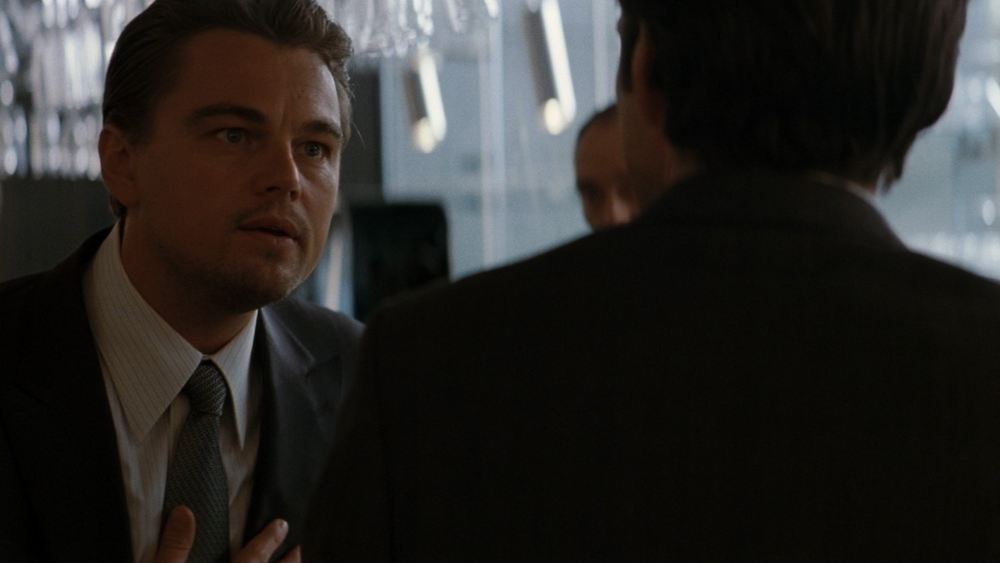
The second dream layer, a sleek hotel, calm on the surface but trembling underneath, belongs to Arthur.
With Fischer beginning to trust him, Cobb takes a huge risk. He poses as “Mr. Charles,” a supposed dream security expert, and tells Fischer his mind is under attack. Without realizing the real threat is already inside, Fischer joins forces with Cobb. But his projections grow more aggressive at this level, his subconscious fighting back harder.
Meanwhile, Arthur is dealing with chaos above. When Yusuf’s van flips in the first layer, gravity in the hotel begins to shift. Walls become floors, and the whole dream twists in on itself. The zero-gravity hallway fight that follows would become one of cinema’s most iconic moments.
Back in the hotel, Cobb plants a deeper seed of doubt. He suggests Browning, Fischer’s godfather, is behind the kidnapping, and that there’s a secret will in his father’s safe.
Cobb leads Fischer to believe they’re entering Browning’s dream to find the truth. In reality, they’re stepping into Fischer’s own subconscious, a snowbound fortress designed by Eames.
Into Limbo: The Truth About Mal
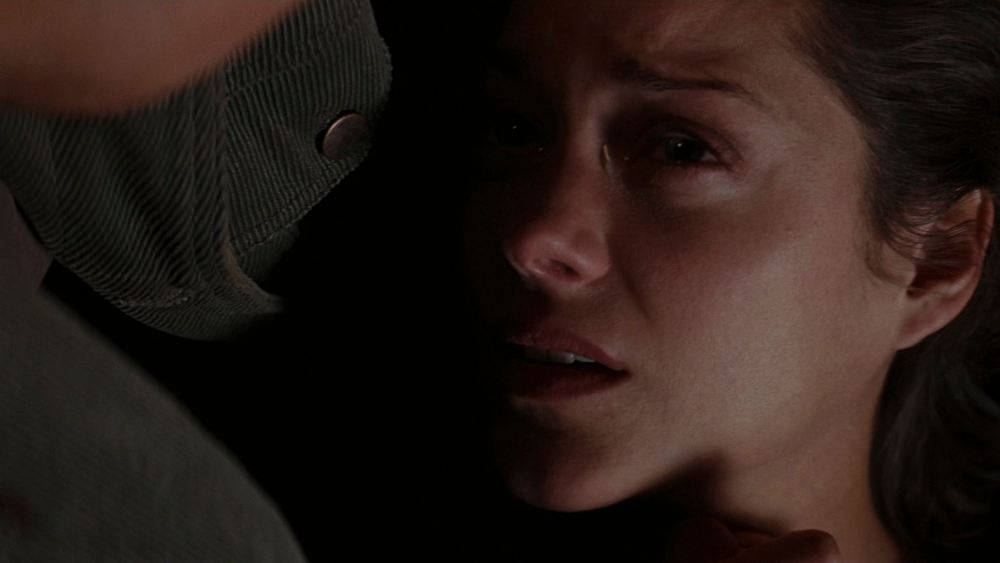
As chaos erupts across the dream levels, Fischer’s subconscious army closes in. Yusuf races through the rain-soaked streets, Arthur fights weightless in the hotel, and Eames defends the snowy fortress: cold, fortified, a perfect reflection of Fischer’s emotional walls.
Through the gunfire, the team pushes Fischer toward the vault. But everything unravels when Mal appears. She shoots Fischer, killing him inside the dream and sending him into Limbo.
Meanwhile, Saito, still wounded from the first layer, finally succumbs to his injury during the assault. His death sends him into Limbo ahead of the others, where time stretches into decades.
To save the mission, Ariadne follows Cobb into Limbo, where he finally confronts the truth he’s been running from.
Years ago, when Cobb and Mal were lost in Limbo, he performed inception on her. He planted the idea that their world wasn’t real, hoping she’d agree to leave. But when they woke, the idea lingered. Mal couldn’t shake the belief that reality was still a dream — and to “wake up,” she jumped.
That’s the guilt Cobb carries: not just losing her, but knowing he’s the one who planted the seed.
Ariadne finds Fischer and helps him escape, but Cobb stays behind — to find Saito, and finally, to let go of Mal.
Fischer’s Awakening
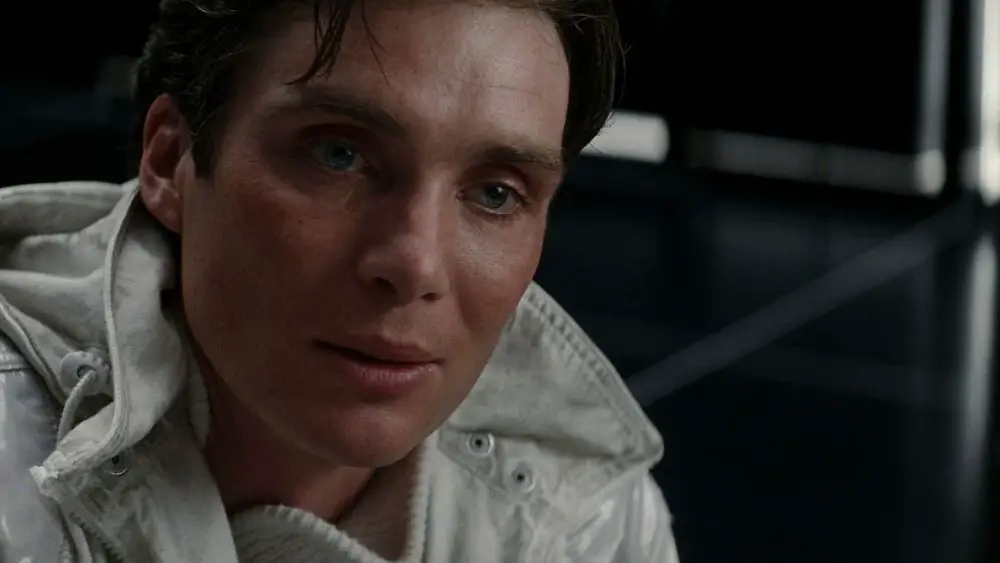
As the dream layers collapse, everything converges. The team synchronizes their “kicks,” the jolts that pull them back to reality: the van hitting the water in the first layer, Arthur’s elevator crash in the second, and the fortress explosion in the third. Edith Piaf’s song “Non, je ne regrette rien”, times it all, cueing each layer to wake in perfect sync.
Back in the third level, Eames, disguised as Browning, convinces Fischer to open the vault. Inside, Fischer finds his dying father, mirroring a moment from his waking life. But there are two details that change everything: a pinwheel, the toy he made as a child, a symbol of his longing for his father’s approval, and a fake will suggesting his father wanted him to build something of his own.
For the first time, Fischer believes his father was proud of him. The idea feels real because it’s emotional, not logical. And that’s why it takes root.
Inception works not because the team outsmarted Fischer, but because they understood him. The heist succeeds through empathy, not deception.
Inception Ending Explained
Deep in Limbo, Cobb finally finds Saito — now an old man, sitting at the same table we saw in the film’s opening. Time has moved differently here: while only minutes have passed in the real world, Saito has lived decades inside his own mind.
Cobb reminds him of their deal. The scene mirrors the beginning but now carries a different weight: not mystery, but closure. Together, they reach for the gun on the table, a final act that jolts them back to reality.
The plane lands. One by one, the team wakes up. Fischer doesn’t recognize them — dreamers rarely remember shared dreams — yet the idea has already taken root. His father’s empire will dissolve, and Saito’s mission is complete.
True to his word, Saito makes the call.
Cobb finally returns home. He sees his children playing in the garden and runs to them. But before stepping outside, he spins his totem — the small top that tells him if he’s still dreaming. The camera lingers as it spins… and the screen cuts to black.
Many noticed the children’s clothes and voices seem unchanged, but Nolan has confirmed in interviews that the child actors were older — a subtle clue that time has passed.
“The kids are not wearing the same clothes at the end! And they do age! We were working with two sets of kids,” Nolan told WIRED in an interview. (Fun fact: one of the young boys is played by Nolan’s own son, Magnus.)
So is Cobb still dreaming? The film doesn’t answer — and that’s the point. This is what Nolan had to say about the final totem spin:
“For me, the emotional truth of the ending is that Cobb doesn’t care if it’s real or not anymore. He’s home.”
Inception Themes & Deeper Meaning
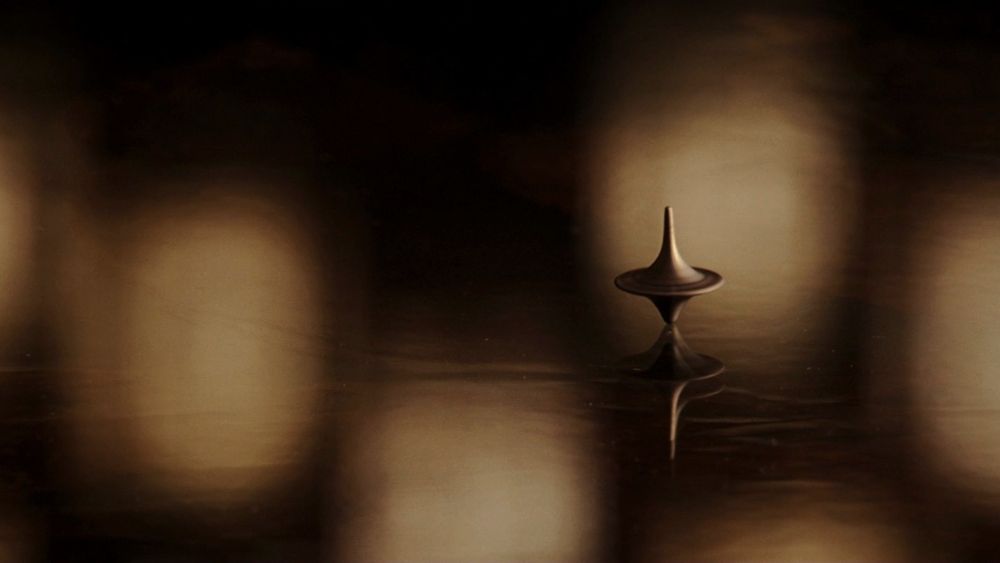
At its core, Inception isn’t just about dreams, it’s about belief. Nolan blurs the line between what’s real and what feels real, asking the question that defines the entire film: if something feels real, does it matter if it isn’t?
The movie treats dreams as layered worlds where emotion shapes physics. Collapsing cities, shifting gravity, folding streets — all metaphors for how fragile our sense of reality becomes when it’s built on memory and desire.
Throughout the film, Nolan asks not what is real, but why reality matters to the person living it. When Cobb warns Ariadne:
“Never recreate places from your memory — always imagine new ones”
he’s not just explaining dream mechanics. He’s confessing what he’s learned the hard way: if you build your world out of longing, you’ll trap yourself inside it.
The scene in Yusuf’s den deepens that idea. Rows of dreamers sleep in a room, living lives they prefer to reality. Cobb’s look of recognition isn’t judgment, it’s understanding. He knows that temptation: to lose yourself in a version of the world that hurts less. It’s Nolan’s quiet commentary on addiction — to dreams, to illusion, to the comfort of escape.
So, by the time we reach the spinning top at the end, the question has shifted. The film isn’t asking us to solve the puzzle of what’s “real.” It’s showing us that Cobb no longer needs the answer. The totem, once his anchor to certainty, no longer matters. He’s finally stopped running from guilt and accepted the world in front of him, dream or not.
And it wouldn’t be a Nolan movie if it weren’t about time. In dreams, time stretches and distorts, letting seconds expand into hours or decades. This theme runs through all his work — from Memento’s fractured memories to Interstellar’s time-warped planets, and the inverted timelines of Tenet. Nolan keeps exploring how time shapes truth, and how truth, in turn, shapes us.
Ultimately, he leaves us with one final question: Is reality defined by what we perceive or by what we choose to believe?
Influences

No work of art exists in isolation, and Inception is no exception.
Nolan’s mind-bending thriller draws from a lineage of stories, but the most notable is Satoshi Kon’s Paprika (2006), adapted from Yasutaka Tsutsui’s novel. Both Inception and Paprika explore how technology allows people to enter and manipulate dreams, blurring the line between reality and the subconscious. Nolan began writing Inception almost a decade before its release and has never confirmed a direct influence from Kon’s work.
The iconic rotating hallway sequence was partly inspired by Kubrick’s 2001: A Space Odyssey. And like The Matrix, Dark City, and The Thirteenth Floor, Inception builds a world where reality itself feels designed.
And that snowy fortress? A clear nod to On Her Majesty’s Secret Service, Nolan’s favorite Bond film. That influence becomes even more explicit years later in Tenet, where the espionage structure and cold, clockwork precision of Inception return in a more literal spy setting.
Every dream in Inception circles back to that moment on the ledge — to the fall that broke Cobb’s world.
But when he walks toward his children and leaves the top behind, we understand the truth: he’s not chasing reality anymore.
He’s choosing what matters.

